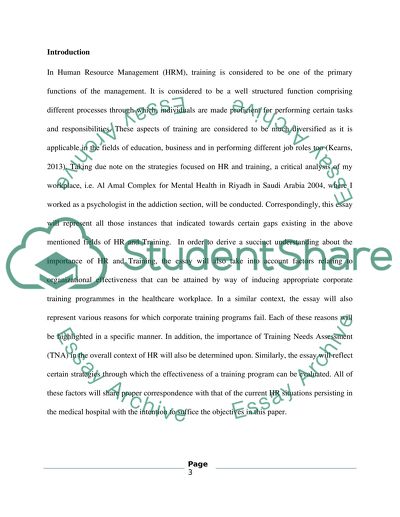Cite this document
(“HRM Assignment Example | Topics and Well Written Essays - 4500 words”, n.d.)
HRM Assignment Example | Topics and Well Written Essays - 4500 words. Retrieved from https://studentshare.org/human-resources/1494396-hrm
HRM Assignment Example | Topics and Well Written Essays - 4500 words. Retrieved from https://studentshare.org/human-resources/1494396-hrm
(HRM Assignment Example | Topics and Well Written Essays - 4500 Words)
HRM Assignment Example | Topics and Well Written Essays - 4500 Words. https://studentshare.org/human-resources/1494396-hrm.
HRM Assignment Example | Topics and Well Written Essays - 4500 Words. https://studentshare.org/human-resources/1494396-hrm.
“HRM Assignment Example | Topics and Well Written Essays - 4500 Words”, n.d. https://studentshare.org/human-resources/1494396-hrm.


